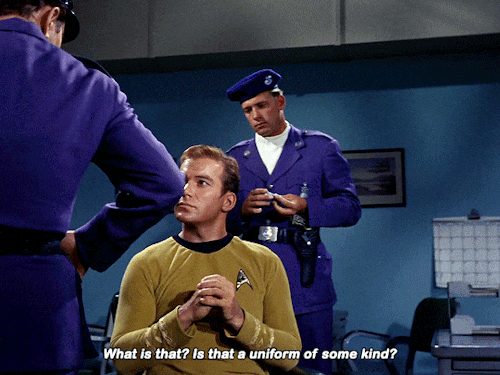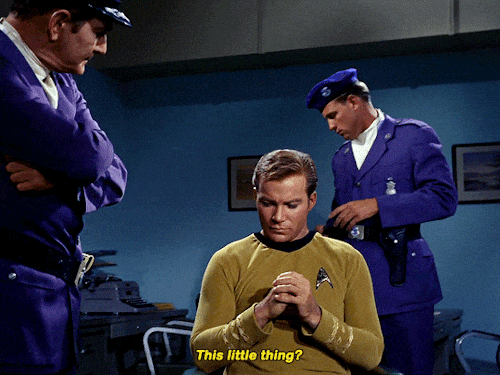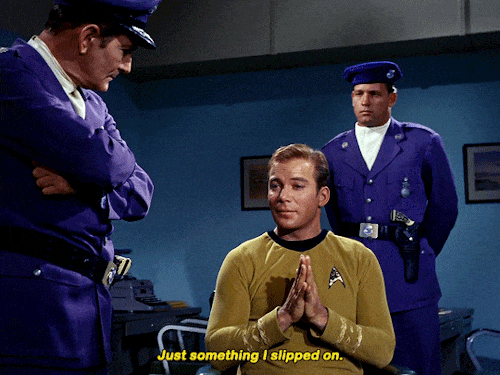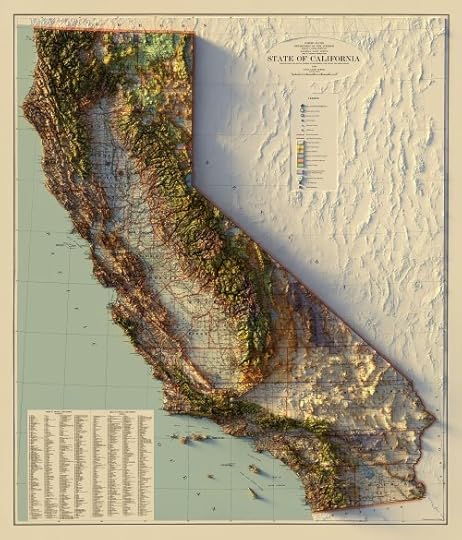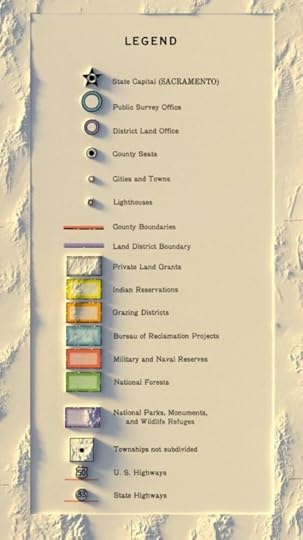Chris Howard's Blog, page 29
May 27, 2020
everythingspacex:
SpaceX is targeting Wednesday, May 27 for...
SpaceX is targeting Wednesday, May 27 for Falcon 9’s launch of Crew Dragon’s second demonstration (Demo-2) mission from Launch Complex 39A (LC-39A) at NASA’s Kennedy Space Center in Florida. This test flight with NASA astronauts Bob Behnken and Doug Hurley on board the Dragon spacecraft will return human spaceflight to the United States.
The instantaneous launch window opens at 4:33 p.m. EDT, or 20:33 UTC, with backup instantaneous launch opportunities available on Saturday, May 30 at 3:22 p.m. EDT, or 19:22 UTC, and on Sunday, May 31 at 3:00 p.m. EDT, or 19:00 UTC. Tune in here to watch the launch webcast. Coverage will begin about 4 hours before liftoff.
Demo-2 is the final major test for SpaceX’s human spaceflight system to be certified by NASA for operational crew missions to and from the International Space Station. SpaceX is returning human spaceflight to the United States with one of the safest, most advanced systems ever built, and NASA’s Commercial Crew Program is a turning point for America’s future in space exploration that lays the groundwork for future missions to the Moon, Mars, and beyond.
May 26, 2020
somewhere-inthe-deep:
captainsblogsupplemental:
So, it’s...
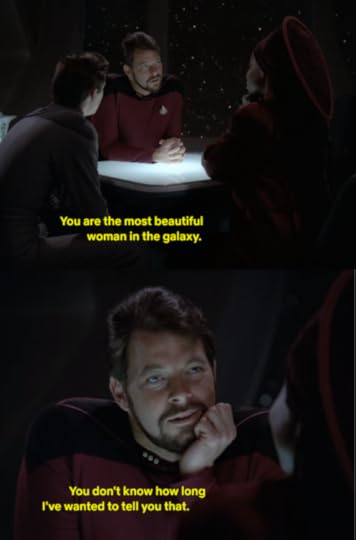
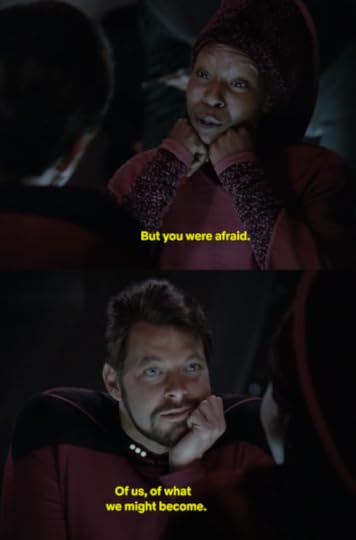
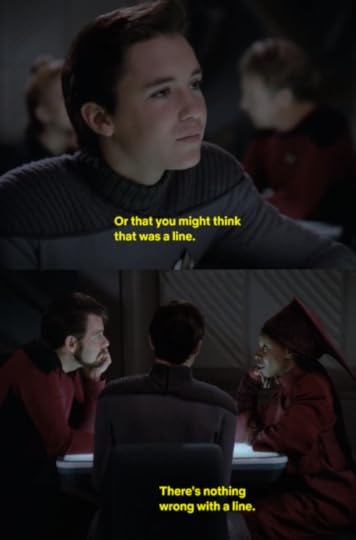
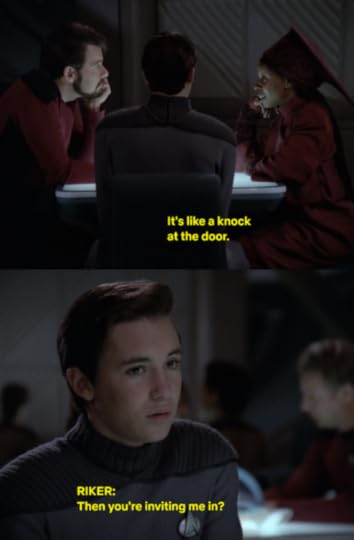
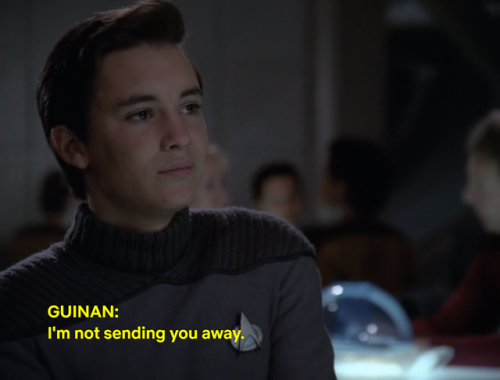
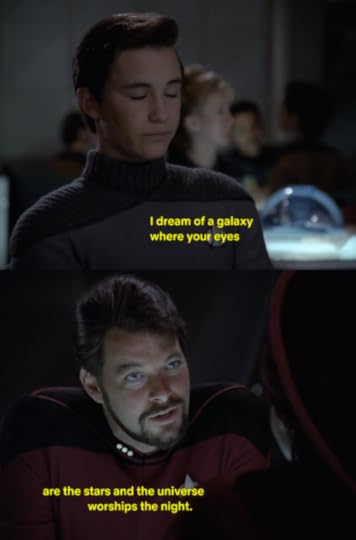

[image error]

[image error]So, it’s pretty much canon that Guinan and Riker happened at least once, right?
To this day, this is still the fucking smoothest back and forth I’ve ever whitnesed.
May 16, 2020
May 15, 2020
NGC 6820 in HaOIII - Another one from the one clear night...
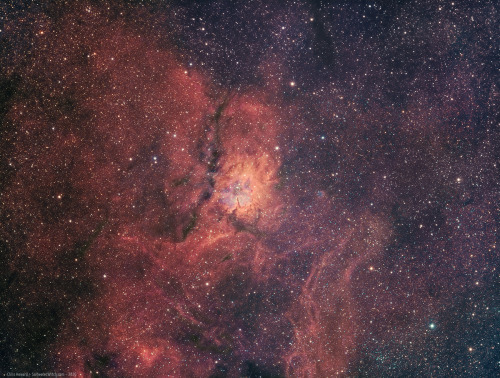
NGC 6820 in HaOIII - Another one from the one clear night we’ve had for a while–Wednesday the 13th. This is centered on the reflection nebula NGC 6820 (that bright nebula core) and the open star cluster NGC 6823 in the constellation Vulpecula. All of this is wrapped in the emission nebula, Sh 2-86, basically everything else in the frame, all the cloudy structures that surround NGC 6820 and 23. Reading the wikipedia page, it says NGC 6823, the star cluster in the center, “forms the core of the Vulpecula OB1 stellar association”. It’s true: https://en.wikipedia.org/wiki/Vulpecula_OB1 –that sounds very Star Federation, which is cool. Astro Notes: William Optics SpaceCat 51 250mm fl Apo Refractor, ZWO ASI1600MM-Pro cooled monochrome camera, iOptron CEM25P EQ mount, Astronomik 6nm Ha and OIII filters. 20 x 480 second exposures for each filter.
May 14, 2020
The Pinwheel Galaxy (M101) could be our galaxy’s giant...
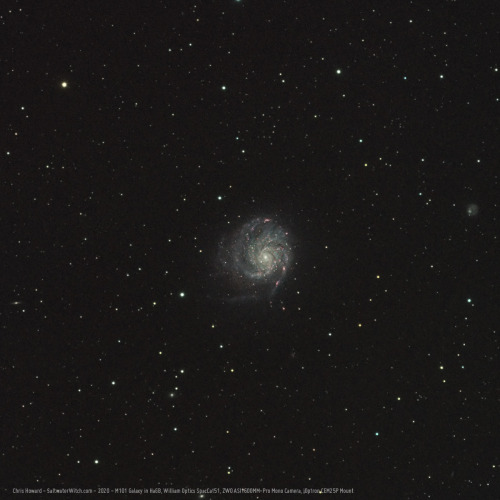
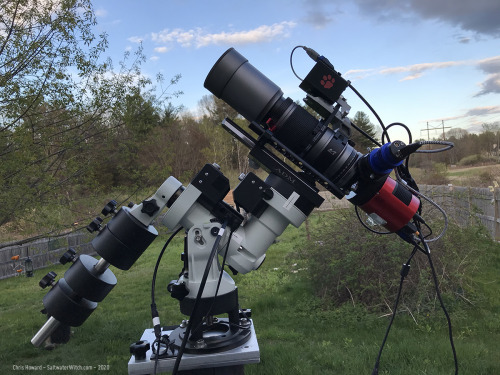
The Pinwheel Galaxy (M101) could be our galaxy’s giant cousin–very distant cousin, since it’s 21 million lightyears away (that’s like 6 megaparsecss to you serious astro nerds). It’s almost twice the diameter of the Milky Way galaxy, with a trillion stars. But what also makes the Pinwheel so wonderful is the way it’s angled, so that we see it from the top (or face?).
I shot this in three sets of images, first with hydrogen-alpha, then with broadband green and blue filters, so instead of a normal red filter, I’m using narrowband Ha, which only allows a fraction of the hydrogen bandpass through–on the red end of the spectrum. I know HaRGB is popular, using the stacked Ha frames for a luminosity layer, but I only have five slots in the filter wheel, and thought I’d give this a try. (My filter order: Ha, OIII, SII, Green, Blue).
Here’s M101 in HaGB mapped to RGB color, so that the galaxy’s massive H II regions (pink and red masses swirling along the Pinwheel’s spiral arms) really stand out. If I shot this in normal broadband red, these would just blend into the overall color of the galaxy. Astro Notes: William Optics SpaceCat 51 250mm fl Apo Refractor, ZWO ASI1600MM-Pro cooled monochrome camera, iOptron CEM25P EQ mount, Astronomik 6nm Ha filter, Baader Green and Blue filters.
May 7, 2020
I have been painting and designing a batch of book covers over...

I have been painting and designing a batch of book covers over the last couple months, most of them both art and titles and all that. Some I can’t show yet, but one with art and design I’m very proud of is Consider the Dust by Casey Blair, available for pre-order now! https://books2read.com/considerthedust
May 2, 2020
Happy International Day of Astronomy everyone! It’s May...
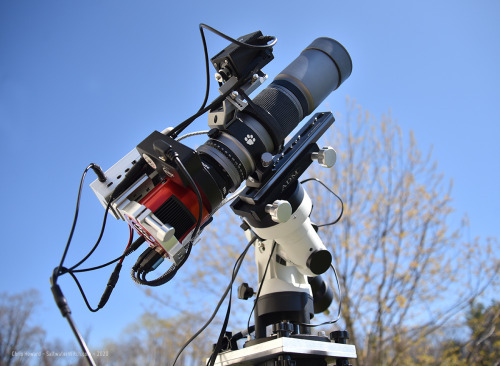
Happy International Day of Astronomy everyone! It’s May 2nd, and the day is beautiful and clear. Unfortunately the clouds are going to move in around 4pm and there won’t be a visible star in the sky tonight. Oh well. I did setup my scope and test out automation and remote imaging processes. Later this afternoon I’ll shoot some video for an update on the William Optics SpaceCat Apo refractor for narrowband imaging. This is a one-wire setup with a single 10 amp 12vdc line running to the scope, and where all the necessary components are on the scope, including the controller–that aluminum case on the primary camera.
April 28, 2020
Andromeda from the Galactic Edge - Here’s the Andromeda...
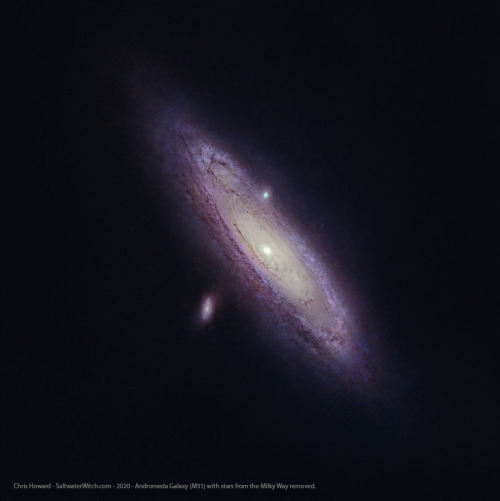
Andromeda from the Galactic Edge - Here’s the Andromeda Galaxy (M31) without the stars and other clutter from our own galaxy in the way. I have processing tools that will algorithmically remove stars from an image, and it does a reasonable job. What I’m showing here is what Andromeda would look like if you could travel from our location on the Orion Spur (a minor branch off one of the Milky Way’s spiral arms), pass through the Perseus Arm, to the edge of our galaxy, and then take some pics of M31. Our star, the Sun, sits in the middle of one side of our galaxy. We are so used to seeing a star field in astro images we do not realize all the stars we can see in the night sky–with our eyes, are in our own galaxy. Some of those pinpoints of light are galaxies themselves but are so far away they appear no different from stars to our eyes. In this image of M31 the two star-like objects above and below Andromeda are M110 (larger, below) and M32 (above) are actually satellite galaxies that orbit Andromeda. Yes, just as stars have planets, and planets have moons, large galaxies can capture other galaxies in their gravitational pull. Our galaxy, the Milky Way, has several in orbit, including the Large and Small Magellanic Clouds.
April 27, 2020
One more from my backyard with the WilliamOptics SpaceCat 51...
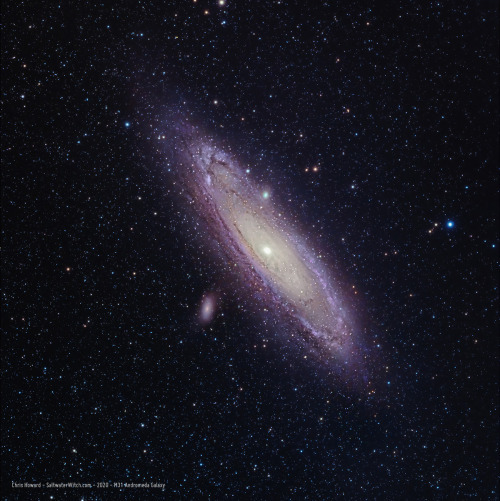
One more from my backyard with the WilliamOptics SpaceCat 51 refractor and the ZWO ASI071MC camera: the grandest of the galaxies, Andromeda, M31. Of course, there are millions of incredibly beautiful and strange—and even downright bizarrely structured galaxies out there in the universe, many within normal telescope distance, but in my opinion they don’t come close to M31. You could argue the Pinwheel Galaxy (M101) is in the running because it is so perfectly positioned from our perspective, a wonderful top-down view of a spiral galaxy. But Andromeda is like the Platonic ideal of a spiral galaxy. M31 also happens to be our largest galactic neighbor. So at 2.5 million lightyears away, it’s close by. It’s also much larger than M101, with a trillion stars and a hundred thousand lightyear diameter. This is probably one of the first objects an astronomer or astro-imager in the northern hemisphere is going to view or capture. You can see it without a telescope on a clear dark night. Andromeda Galaxy was first documented by astronomer ‘Abd al-Rahman al-Sufi in 964. He described it as a “nebulous smear” in his famous Book of Fixed Stars, which is exactly what it looks like without a telescope—and if you know where to look. It’s in the constellation Andromeda, so that should get you pointed in the right direction if you’re inclined. Note: This image is a combination of RGB color and near-infrared frames I captured earlier this year and late last year. I’m just getting around to processing them!

